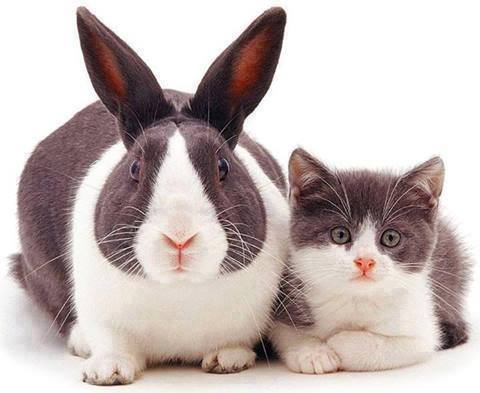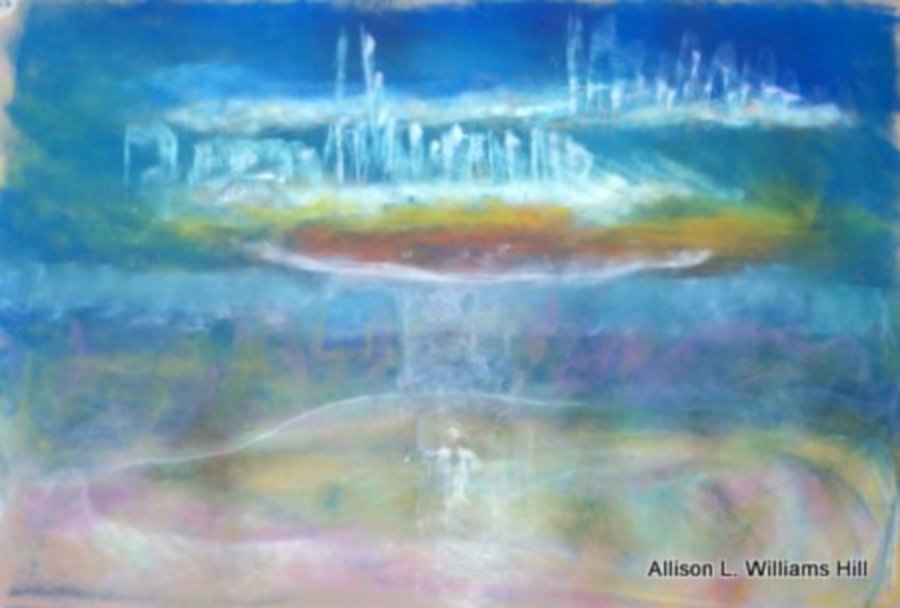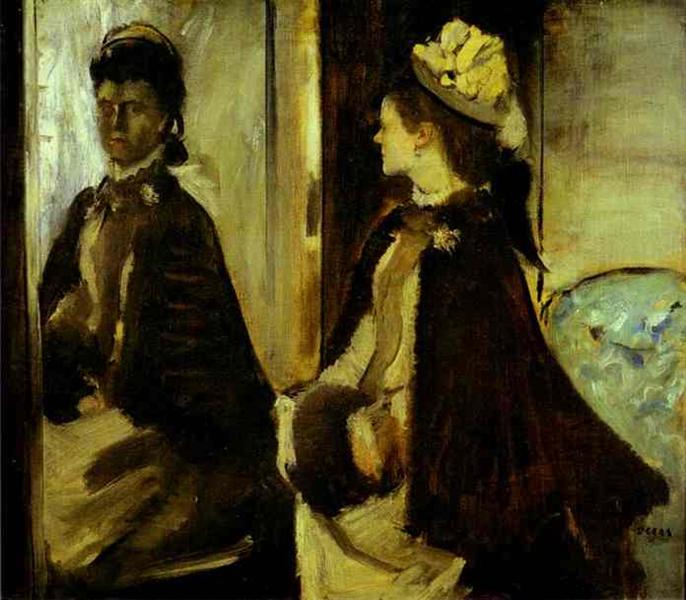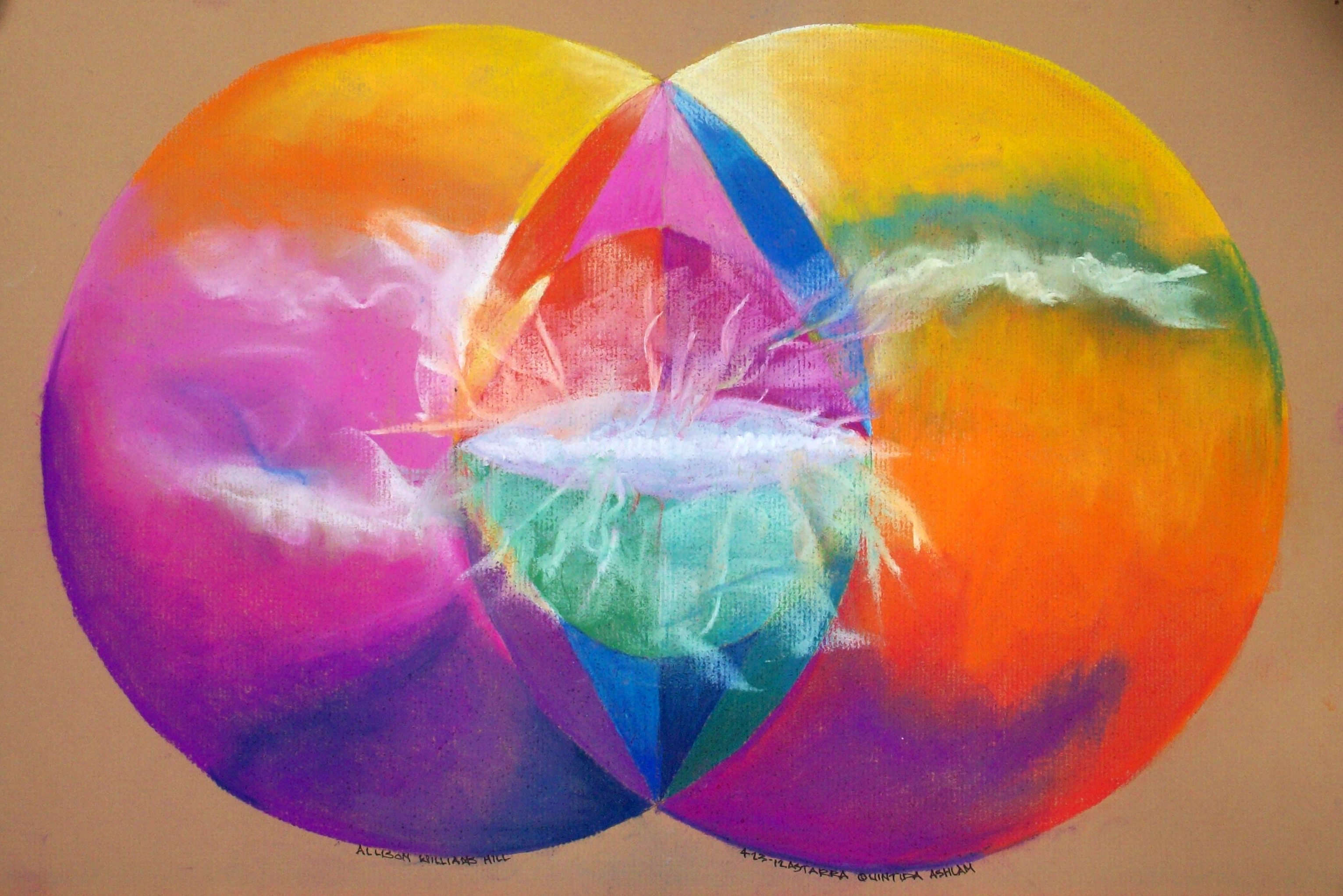Mirrors

irrors that distort images may serve you- if you do not wish to see the truth. Mirrors that do not distort your image leave you nothing but believing what you see before you.

Our reflections can either show you what you see but also may show you what you think you see. Feelings of being one of or THE ugliest person on earth may be reflected in your image. And you may be the only one who sees it. Your thoughts influence, without a doubt. And they can be your downfall.


Mirrors and Vanities
Humans have used nature- water in puddles and streams – to look at their images. The first mirrors, created from polished convex metal plates, were used during the Greco-Roman period and the Middle Ages. Coating the back of glass with metals started in the late 12th century. I wrote an article about the "old" vanity seen in many early twentieth century movies. Vanities can serve a purpose today for more reasons. The beginning of the article was "The Living Altar," a place where empowerment can manifest. Living Altars The Lady's Vanity may be something to look at.

Some History About Mirrors
History information on this can be found at "The History of Mirror: Through A Glass, Darkly" from the Bienenstock Furniture Library and "History of Mirrors" at AfricanGlobe. From AfricanGlobe:
"The mirror, an object with at least one reflective surface, can be made in a variety of forms. The most familiar is the plane mirror, a flat surface for simple reflection. Other forms include curved, magnifying and two way.
"The use of reflective surfaces has been around since the dawn of time, when people would have used pools of dark, still water to reflect themselves. Various surfaces were then developed, with the use of obsidian, a natural volcanic glass at around 6000 BC, polished stone or polished metal, either copper or bronze at about 2000BC. The development of metal coated glass is thought to have been introduced in modern-day Lebanon around the turn of the first century AD, with gold coated glass or leaded coated blown glass being developed by the Romans.

"During the early renaissance, Europeans developed a superior method of coating glass with an amalgam of tin and mercury and Venice grew as the centre of expertise in this method. Mirrors throughout this period were expensive luxuries and it was only with the development of silvering of glass, credited to a German in the early 19th century, that mass production was possible, making mirrors more affordable.
"There is much written about the superstition surrounding mirrors, with them being considered reflection of the soul or a portal into another world. A common superstition is that someone who breaks a mirror receives seven years bad luck. This was probably borne from the fact that the soul is said to renew itself every seven years."

Madame Jeantaud in the Mirror by Claude Monet, 1875
Mirror Meditation
Technology increased the availability, accuracy, and application, of mirrors.
Use the mirror at your vanity. Look directly into your reflection as you affirm.
Learn to concentrate your gaze, extending it by several seconds to a minute over several days. Use the exercises in “Words” to build your sense of self. Place yourself in the alpha state by looking an inch up between your eyes where your third eye is. Blur your vision. I have a video below as an example.
Links

The above meditation mandala will be available soon.

















